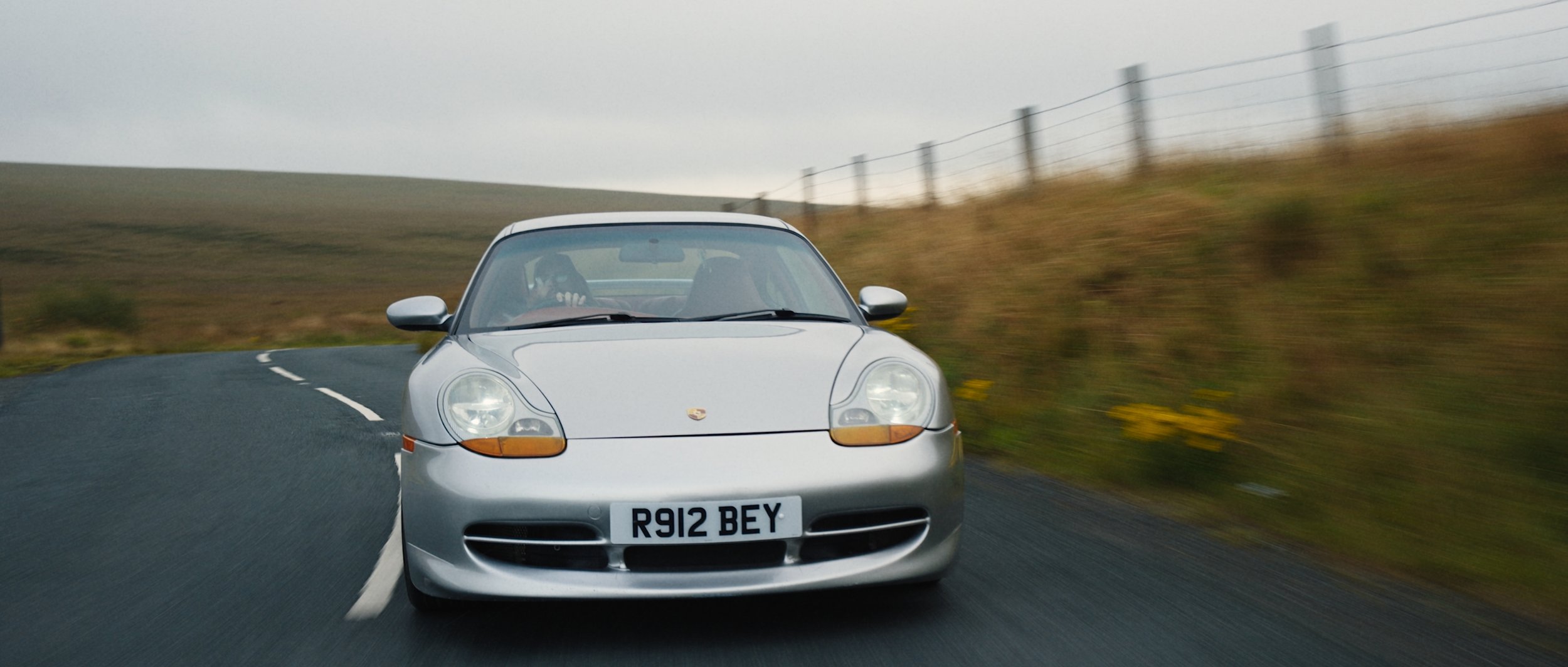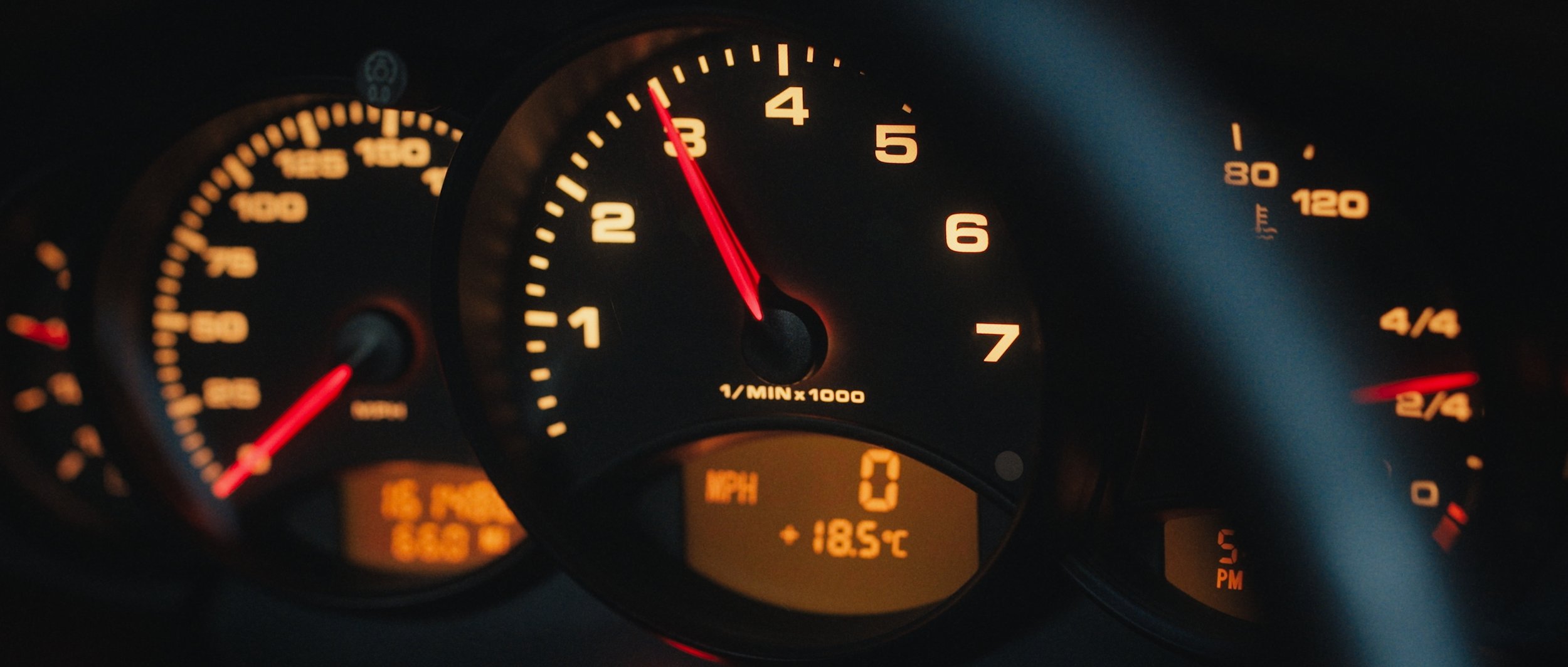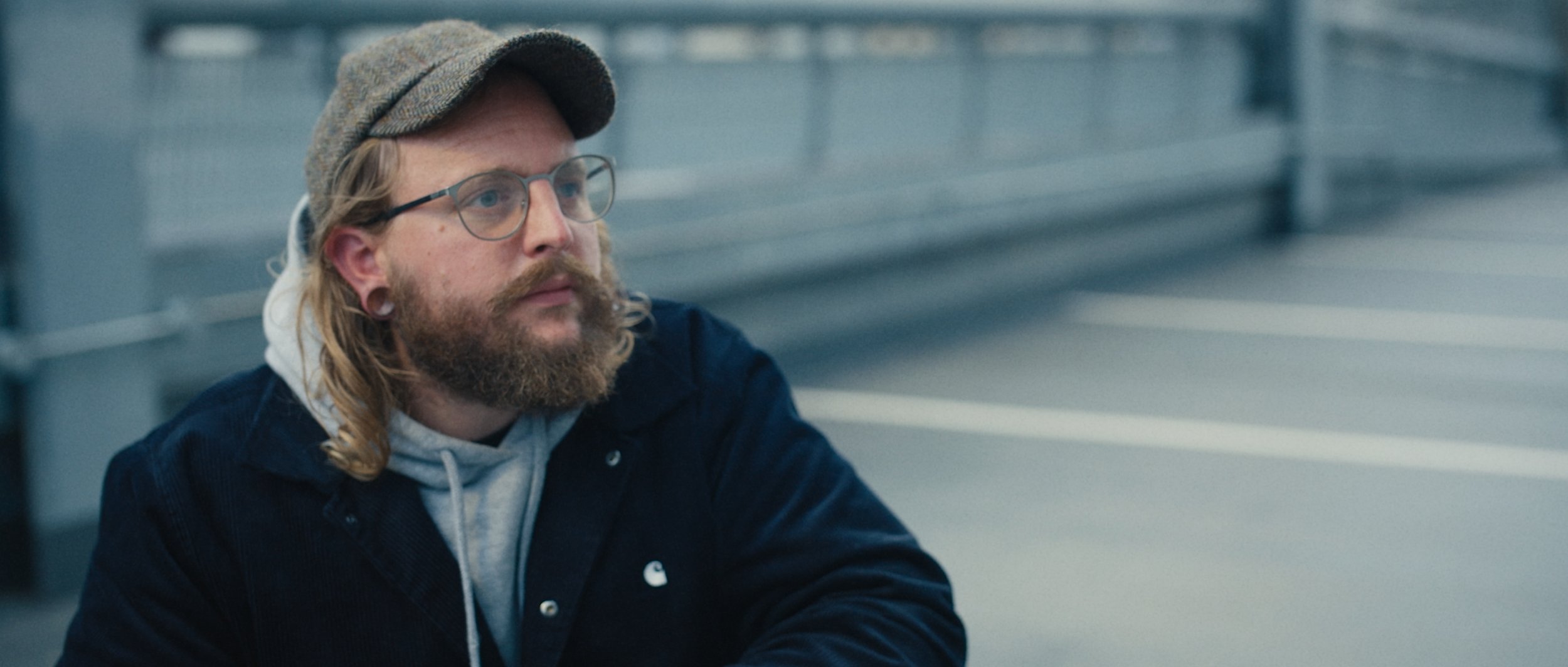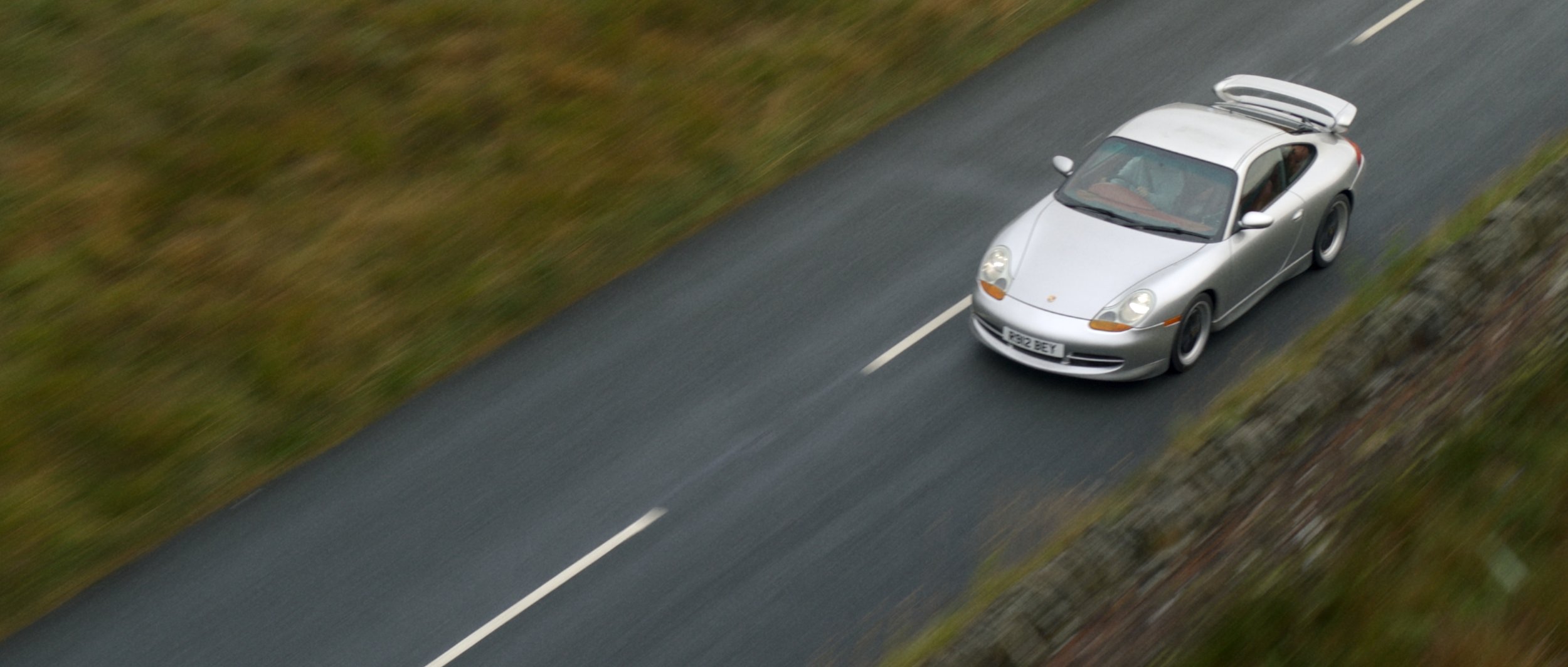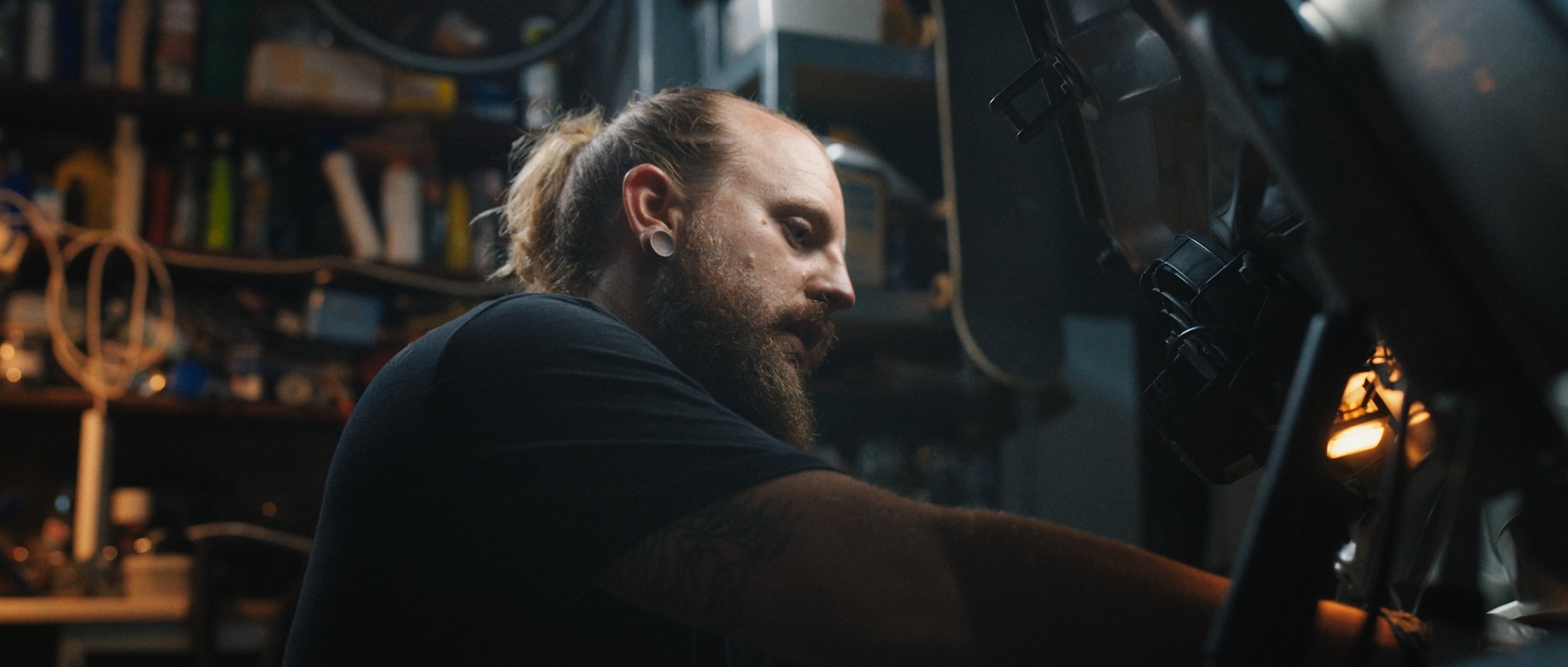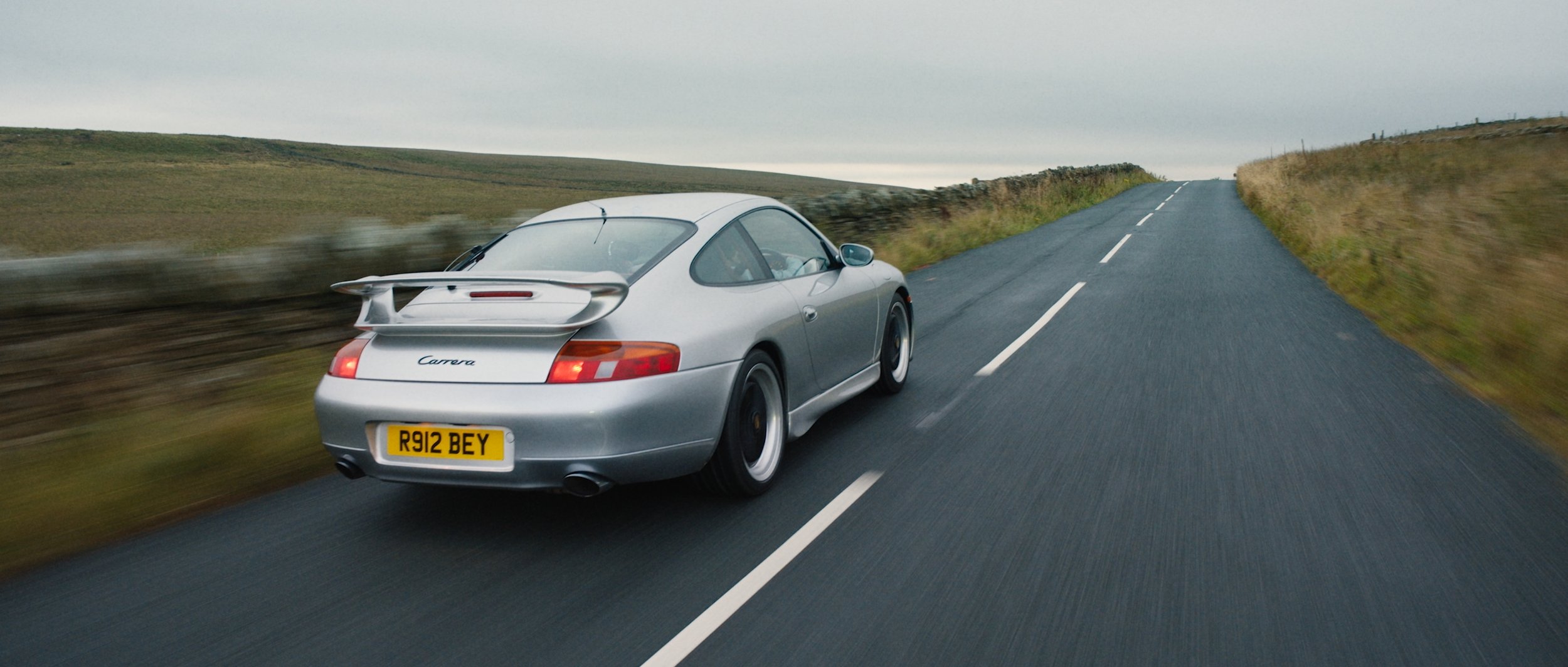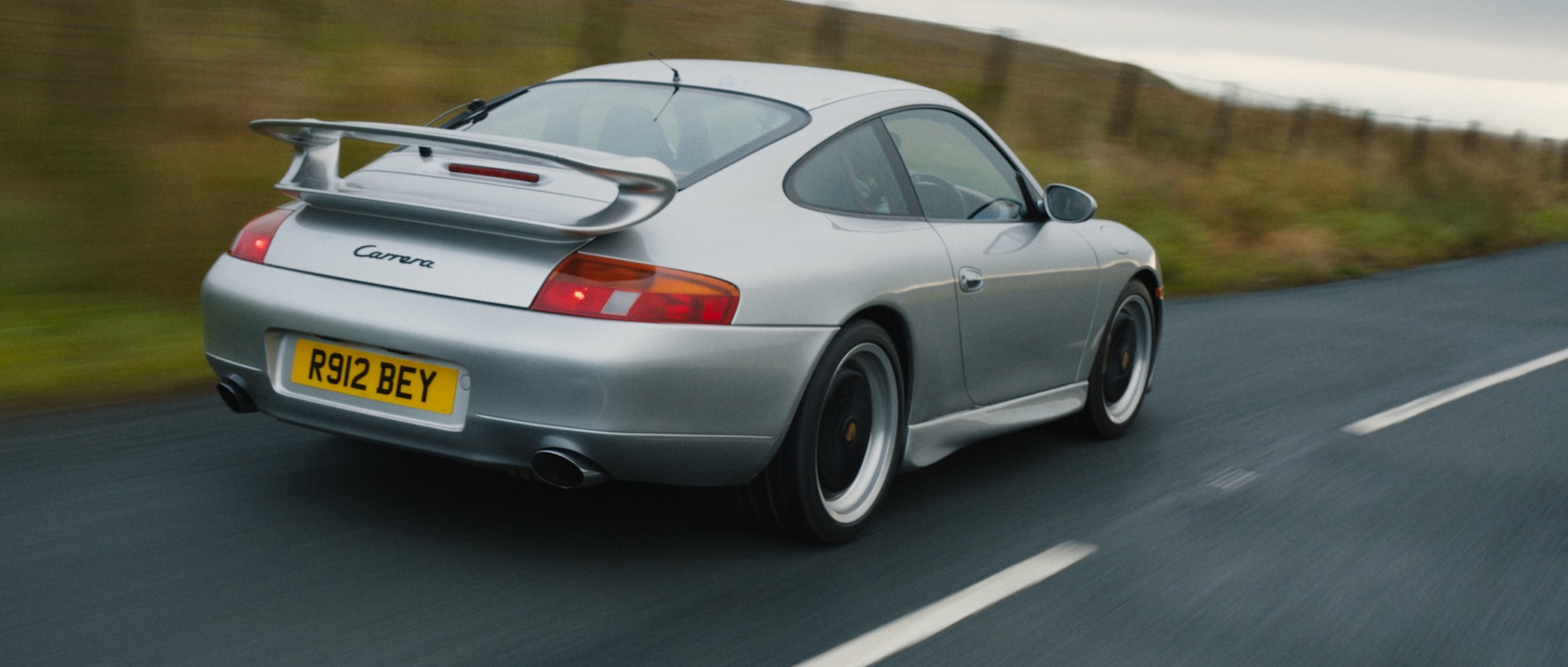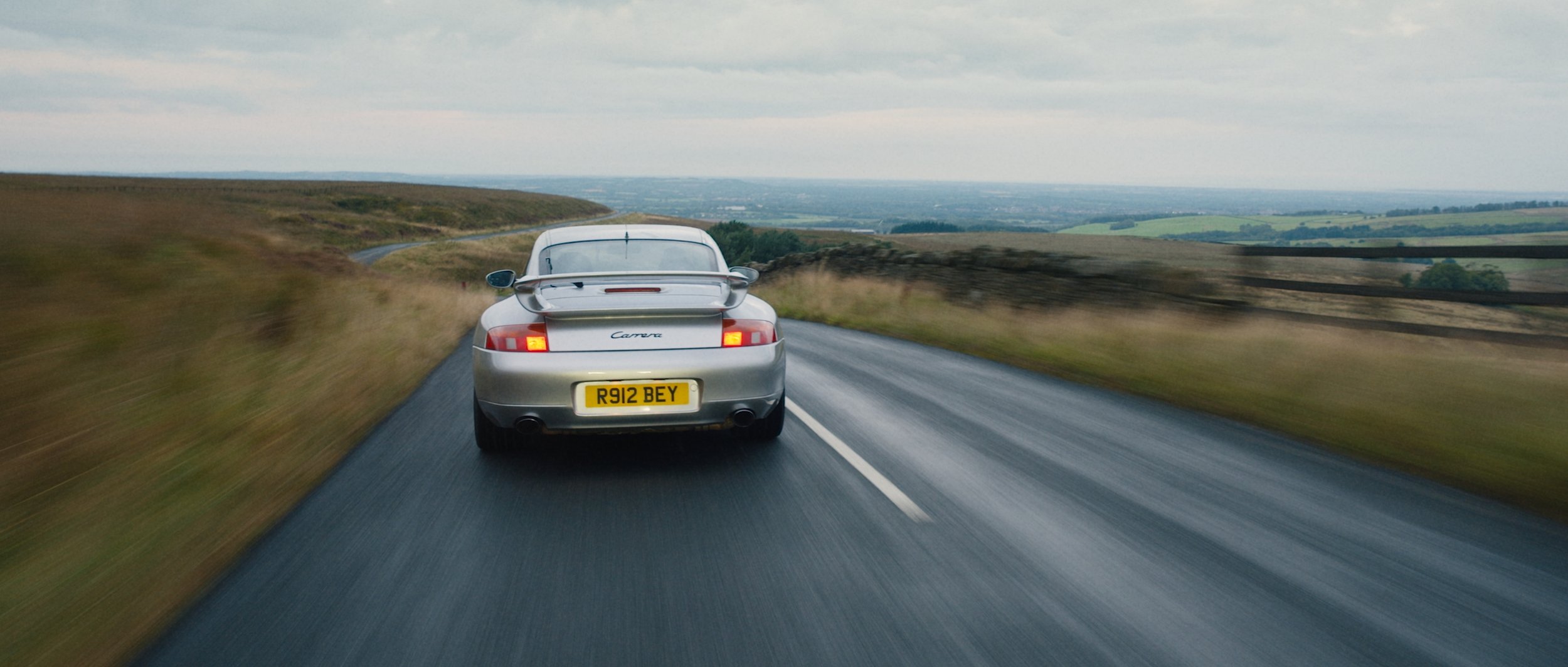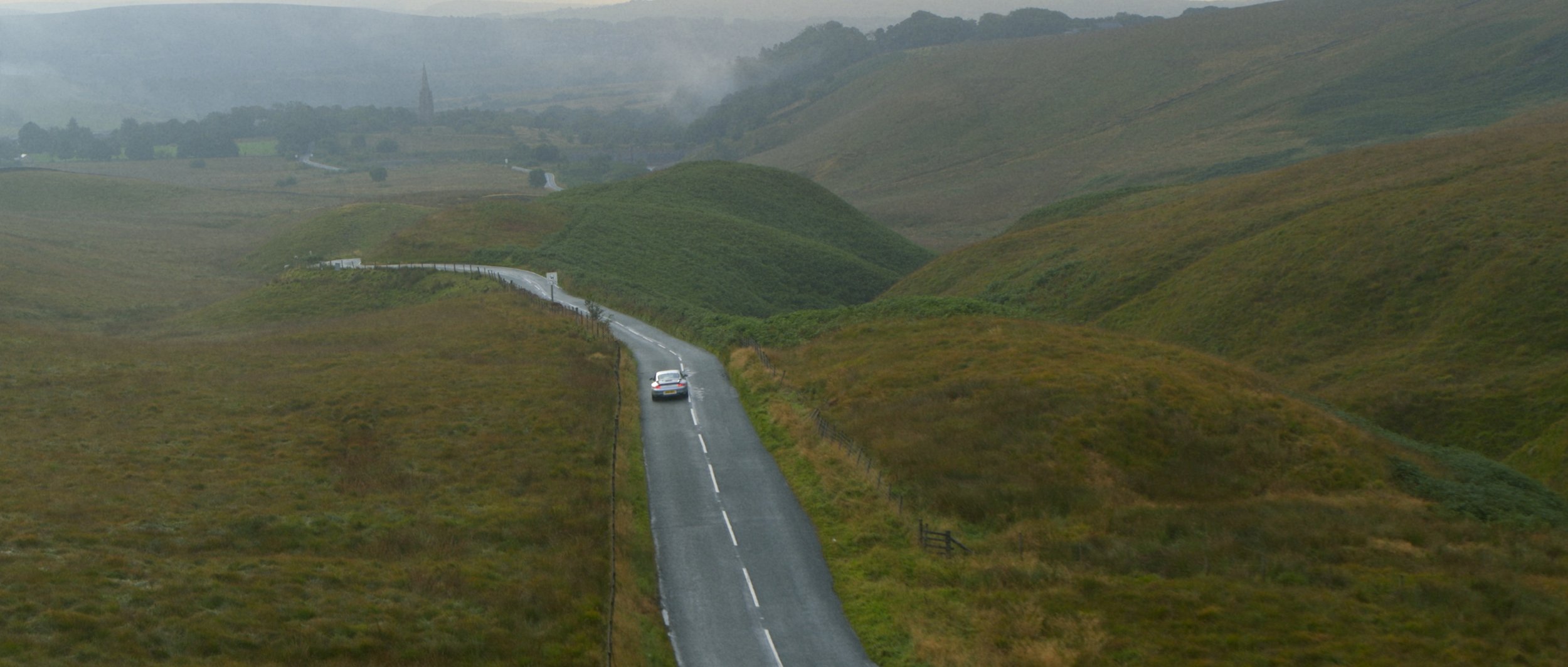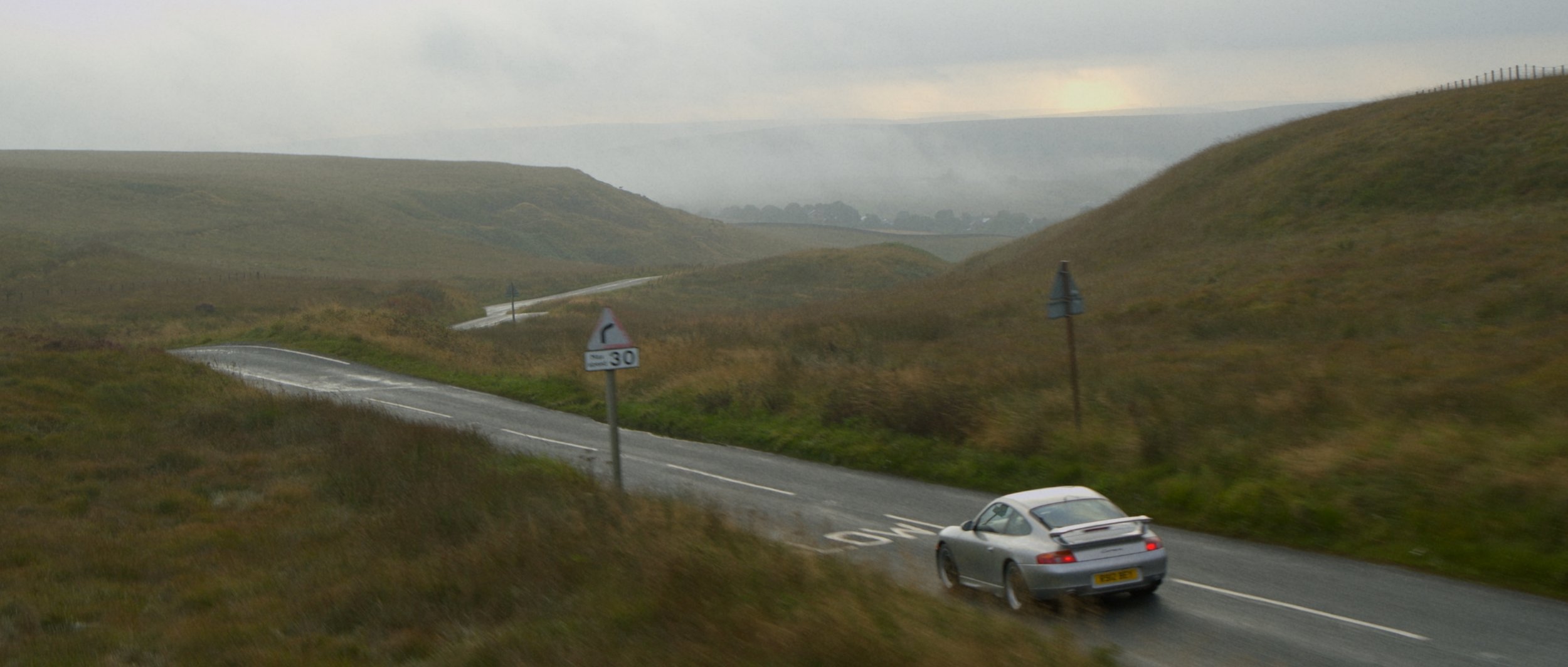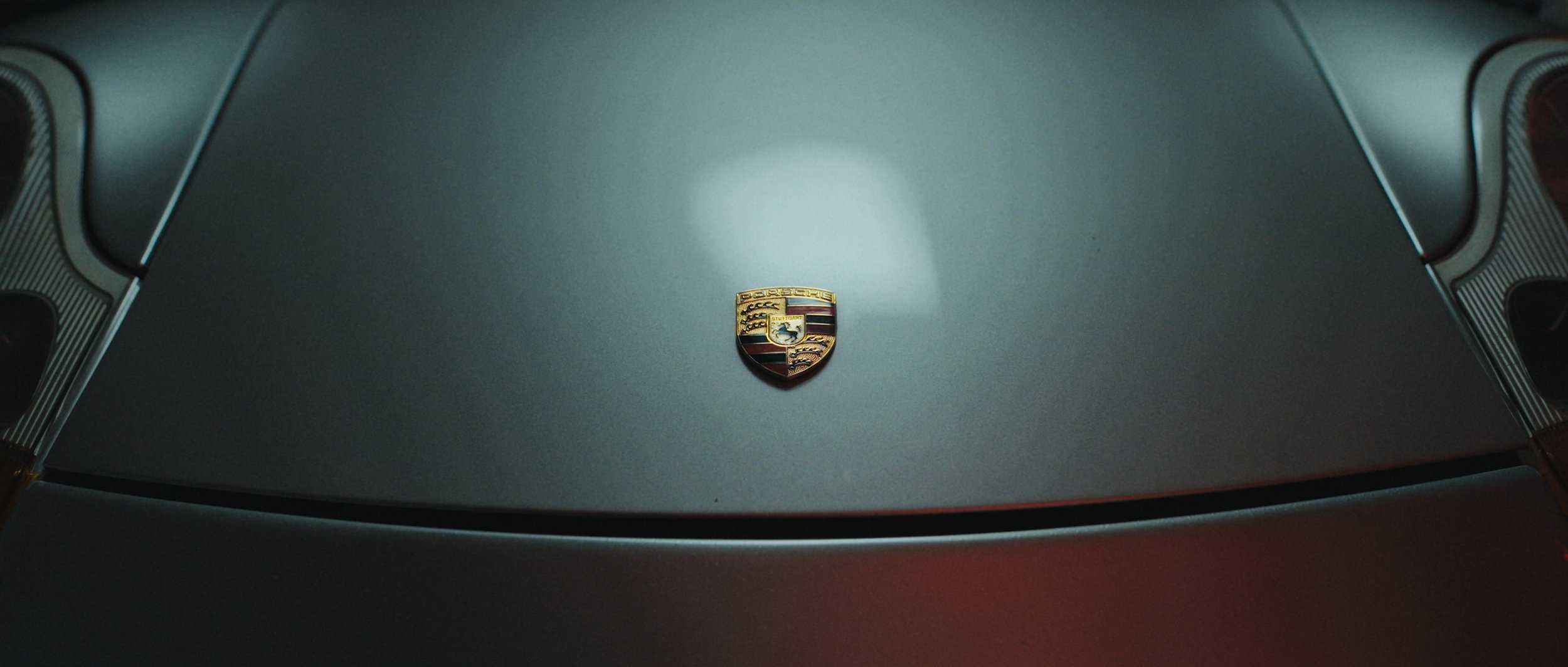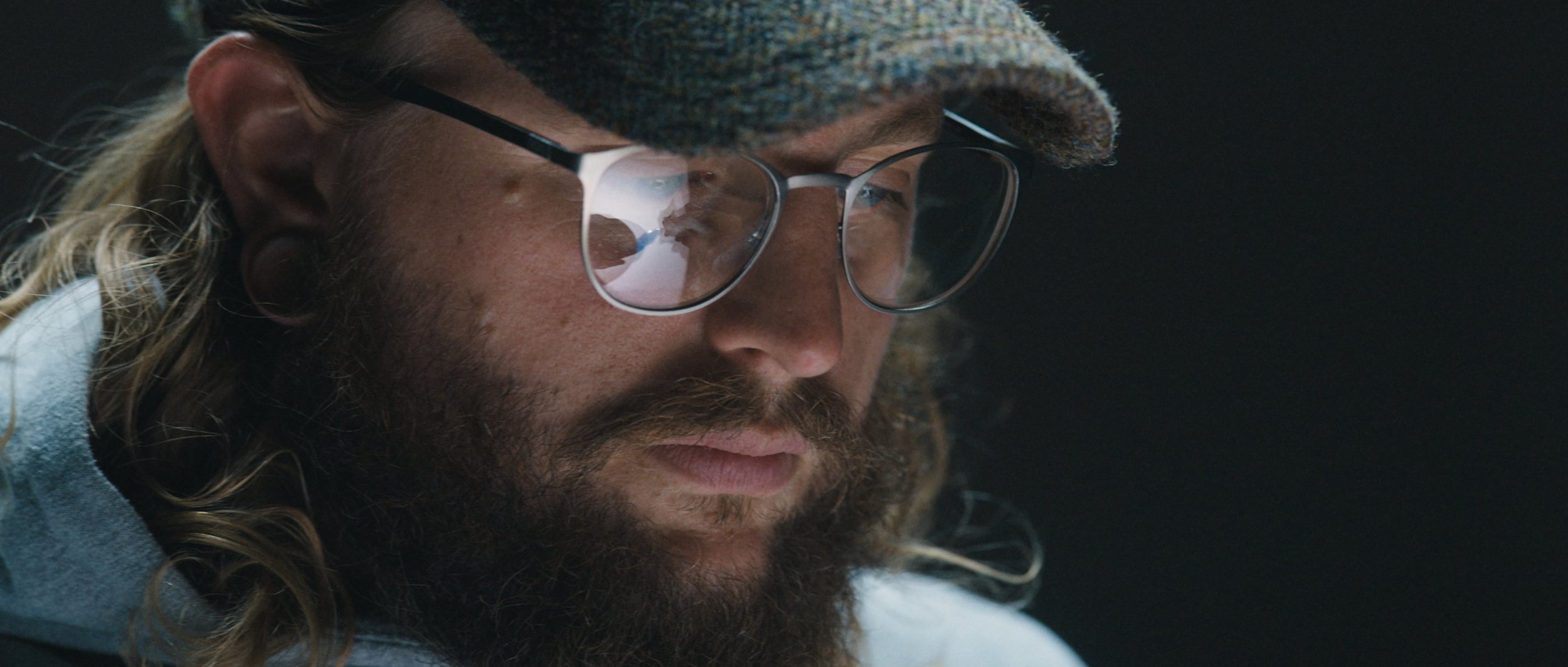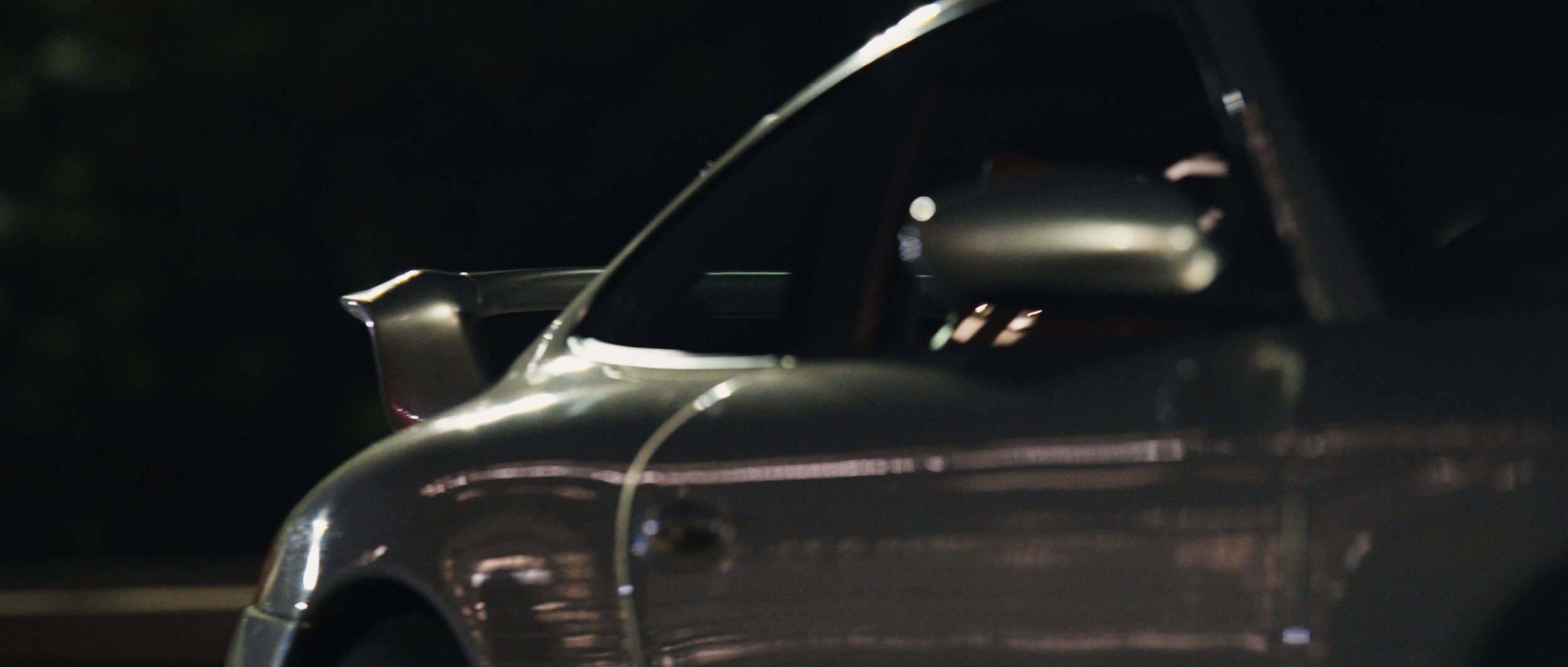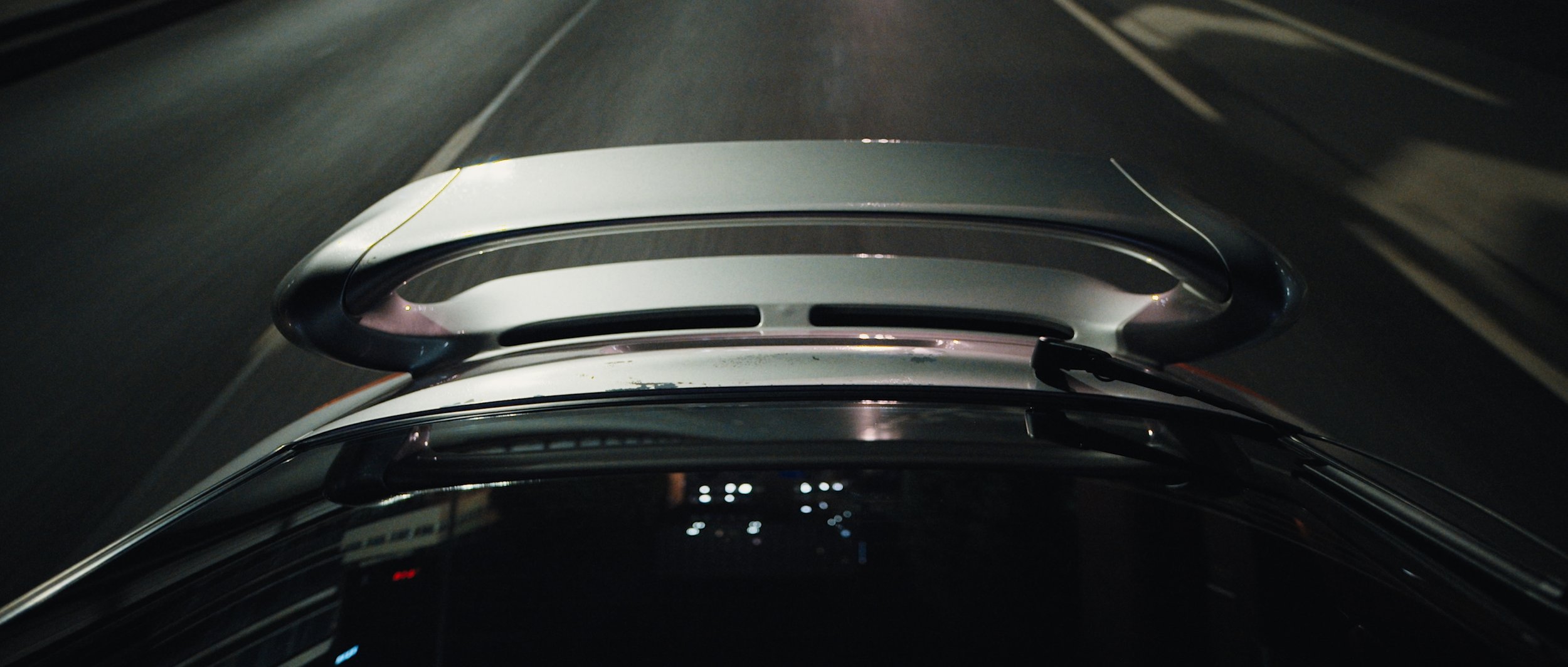
Porsche Fuchsfelge
A brand story for Porsche
Porsche Classic and Fuchsfelge celebrate the re-release of an all-new reinterpretation of the historic Fuchs wheel that first appeared on the 911 S in 1966. Made for Porsche, the short documentary introduces film producer and 996 owner Matt Page, a recipient of one of the very first sets of Fuchs wheels.
The 996
Project: Brand film
Role: Director of photography
Producer/Director: James Copson
Commissioners: Porsche Magazine / Fuchsfelge
Format: Online magazine
Camera: Sony Venice + Rialto + Angénieux Optimo Primes
Rigging: Ronin 2 Remote Head & Black Arm
Lighting: x3 Person team - Day light tubes, Astera’s, HMIs, Lite Mats
To celebrate the re-release of the iconic Fuchs wheel, Porsche Classic and Fuchsfelge commissioned this short branded documentary. First appearing on the 911 S in 1966, the Fuchs wheel has become a design legend. This film introduces Matt Page—a photographer, and Porsche 996 owner who was one of the first recipients of the newly reinterpreted Fuchs wheels.
Though the story is centred on Matt and his connection to the car, the real star of the piece is undoubtedly the Porsche 996 and those sleek, glossy black wheels.
Behind the Scenes
Director James Copson built the film around two contrasting driving sequences, each with a distinct tone and visual style.
In the countryside, we adopted a more frenetic and energetic approach to reflect the thrill Matt experiences carving through winding roads. Shooting from both hard-mounted positions on the 996 and from a pursuit Audi, we used a Ronin 2 remote head rigged to the vehicle's front and rear. Wide, aerial moments captured via drone added scale, while ground-level shots conveyed the tactile feedback and performance of the car.
In contrast, the city driving sequences were more measured and clinically composed, echoing Matt’s calmer mindset as he searched for photography locations. While we still used hard mounts on the 996, we tracked the car using a Land Rover equipped with a Black Arm and remote head, allowing for fluid, stabilised motion while maintaining visual precision.
We shot on the Sony Venice, embracing its full-frame sensor to maximise image depth and coverage. Lens-wise, I chose an untuned set of Angénieux Optimo primes—lightweight, fast, and well-suited to low-light night work. They delivered a clean, modern aesthetic without overly stylising the image or distorting the 996’s geometry, even when shooting close to the bodywork.
Lighting was deliberately restrained, both for creative reasons and to stay within budget. Leaning into a documentary aesthetic, we avoided over-lighting the “day-in-the-life” sequences, letting natural light and location ambience guide the mood. The team replaced most location practicals with high-quality LED units, and we supplemented scenes with Lit Mats when necessary.
One of my favourite setups was during the prep scene, where we bounced light off the floor into a table to light Matt from beneath as he worked on his kit. The 996 in this same scene was lit using a suspended poly board, with a combination of Source Four fixtures bouncing into it—producing a beautifully soft and sculpted result.
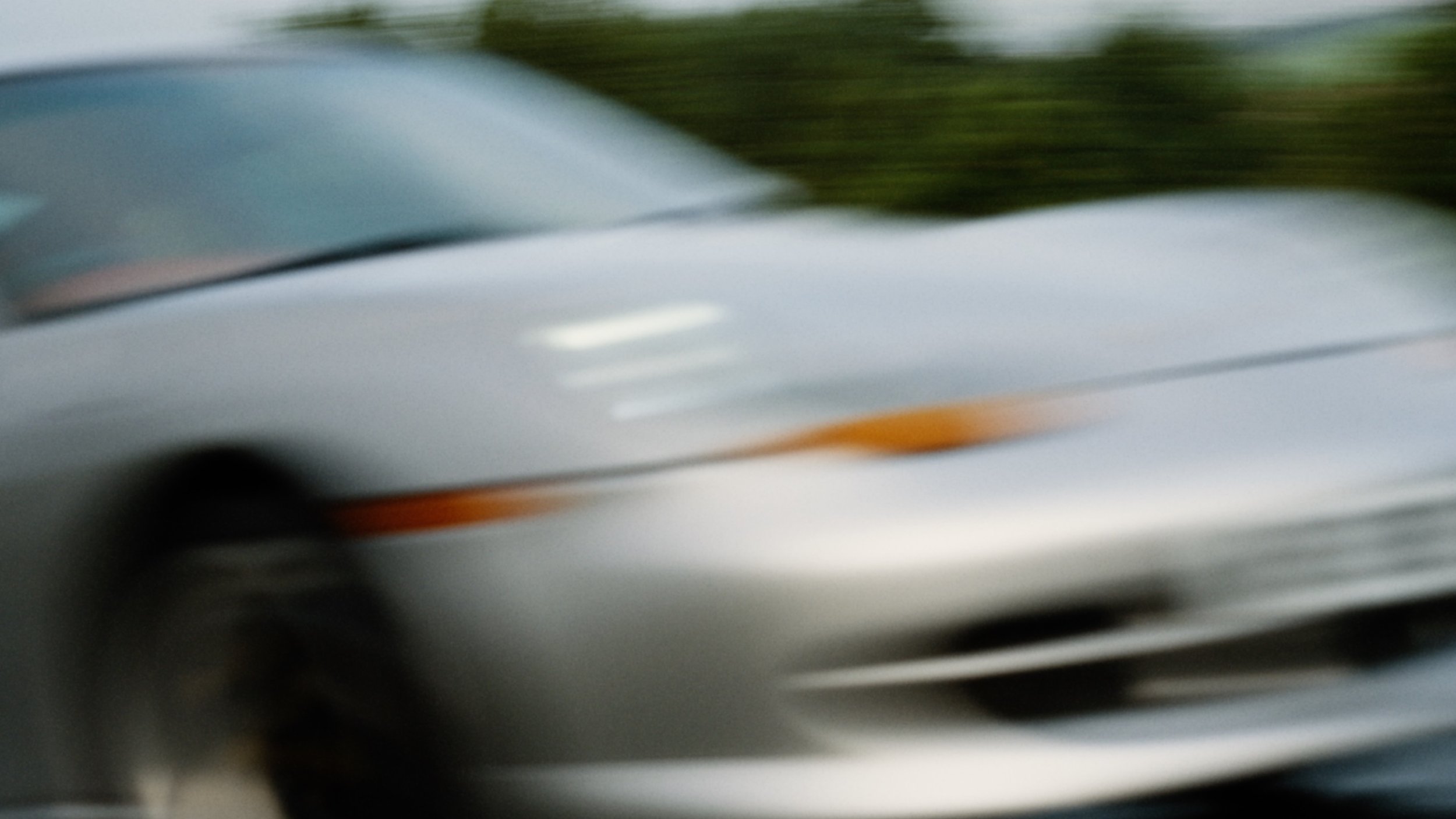
Full Edit
